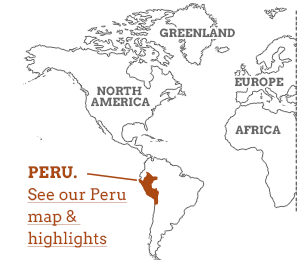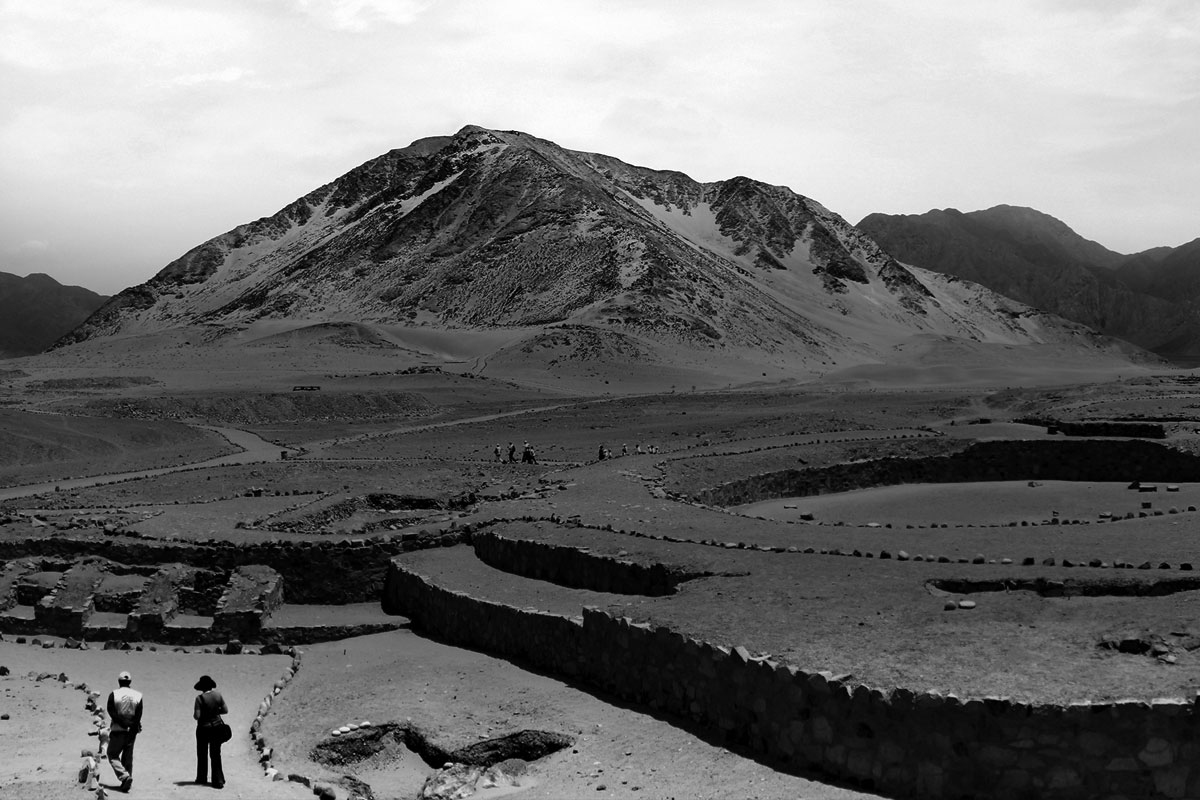Peru travel guide

The name 'Peru' conjures up images of jagged mountain peaks circled by rare condors, the mysterious Nazca lines, sacred Lake Titicaca and its Aymara-inhabited floating islands, and one of the continent's biggest draws: Machu Picchu and the Inca Trail. It's easy to view a Peru vacation as a voyage into the lost Inca kingdom of the Andes, whose modern inhabitants - the Quechua - are living descendants of its pre-colonial past.


This epic nation is a South American microcosm, complete with all its most sacred and seductive riches.![]()

But don't underestimate Peru's diversity. Over half of the country is blanketed by the Amazon, hosting some extraordinary species-rich environments, and its coastline is a 2,500km desert, with the highest sand dunes on earth. Its cuisine is influenced as much by its coastline as by its native potatoes and quinoa, and its cities are an energetic mix of the modern and the ancient, with Spanish architecture perched on top of Inca stonework, and glass-fronted buildings overlooking colonial plazas. Read on in our Peru travel guide.
Peru is/isn't
Peru is...
much more than just the Inca Trail. There are deserts, beaches and jungles...
Peru isn't...
for anyone who feels queasy at the sound of panpipes
What we rate & what we don't
Peru 2 week tour
Lima, Colca, Titicaca & Machu Picchu in a customisable tour
From
£2065
14 days
ex flights
Peru highlights tour, Inca trail, Titicaca and Nazca
Taste Peru's diverse landscapes and fascinating culture
From
US $3855 to US $5100
15 days
ex flights
Galapagos and Machu Picchu vacation
Cusco, Short Inca Trail & Galapagos Island Hopping
From
£3595
14 days
ex flights
Peru vacation, encompassed
Coastal desert, snowy Andean peaks and lush forest
From
US $3595 to US $4335
15 days
ex flights
Inca Trail adventure vacation
Discover Cuzco and the Sacred Valley on this Incan adventure
From
US $1148 to US $1785
7 days
ex flights
Peru adventure vacation, private departure
Private Peru tour with day treks, rafting, cycling & culture
From
£3400 to £4100
15 days
ex flights
Contact Us

Call us for a chat about our vacations. We are happy to discuss your vacation and help in any way we can. No bots, queues or awful hold music.
1-866-821-6866
Call toll free
Calling from outside the USA

Food, shopping & people
Eating & drinking in Peru
Try a tangy Pisco Sour, made with Pisco, lemon juice and egg white.
Quinoa is a tasty, protein-packed grain. The staple, sacred food of the Incas, it is native to the Andes.
Ceviche is Peru's most famous dish. Fresh, raw fish is marinated in lime juice and spiced with chilli and onions. Don't make the Gringo mistake of having it for dinner - true Peruvians only eat this at lunchtime.
Cuy is a Peruvian staple that may be less appetising to visitors - it's guinea pig. And it's usually served whole.
People & language
If you knock on a Quechua door, you may hear "Haykuykuy!" - Come in!
Peruvian culture varies by altitude. The highlands are the stronghold of the Quechua - descendents of the Inca - while the lowland forests have many smaller native groups. Peru's official languages are Spanish, Quechua and Aymara, but at least a dozen more languages are spoken in the Amazon.
You'll see the word "Inti" a lot. It means 'sun' or 'Sun God' in Quechua.
Lateness is a national trait - to try and encourage punctuality, emphasise the "hora inglesa" - 'English time'!


The great Inca Empire was actually a mere blip on the continent's 5000-year cultural history - their rule lasted barely a century.
![]()

Gifts & shopping
Alpaca wool hats, jumpers, scarves, ponchos and blankets are ubiquitous in Peru. Knitted items here are high quality and wonderfully warm, but you get what you pay for - a "bargain" may well be fake.
Colourful textiles handwoven on traditional backstrap looms capture the vibrant spirit of Peru's indigenous people. Try and buy direct from craft cooperatives. Cheaper items on markets will be mass-produced, and possibly imported.
Peru's jewellers use intricate filigree techniques, weaving and soldering thin gold and silver threads to create beautifully detailed earrings, bracelets and necklaces.

The humble potato originated in Peru - hence the local expression of national pride: 'I'm more Peruvian than the potato!' ![]()

How much does it cost?
Standard train journey from Machu Pichcu to Cuzco: £55
A whole, roasted guinea pig: £10.50
Ceviche in a restaurant: £5-£12
Large bottle of Cuzqueña beer: £1.40
Real alpaca shawl or jumper: From £40

 UNDERRATED
UNDERRATED
 RATED
RATED
 OVERRATED
OVERRATED



































